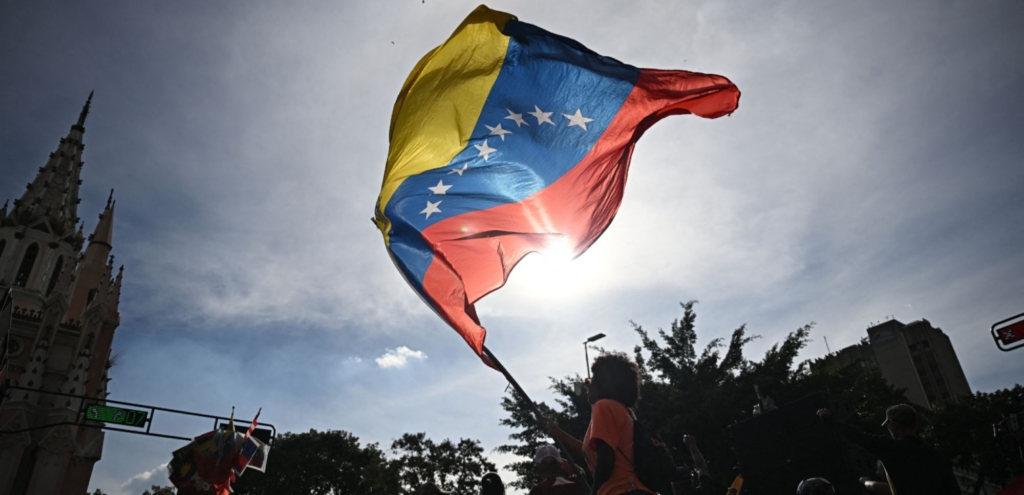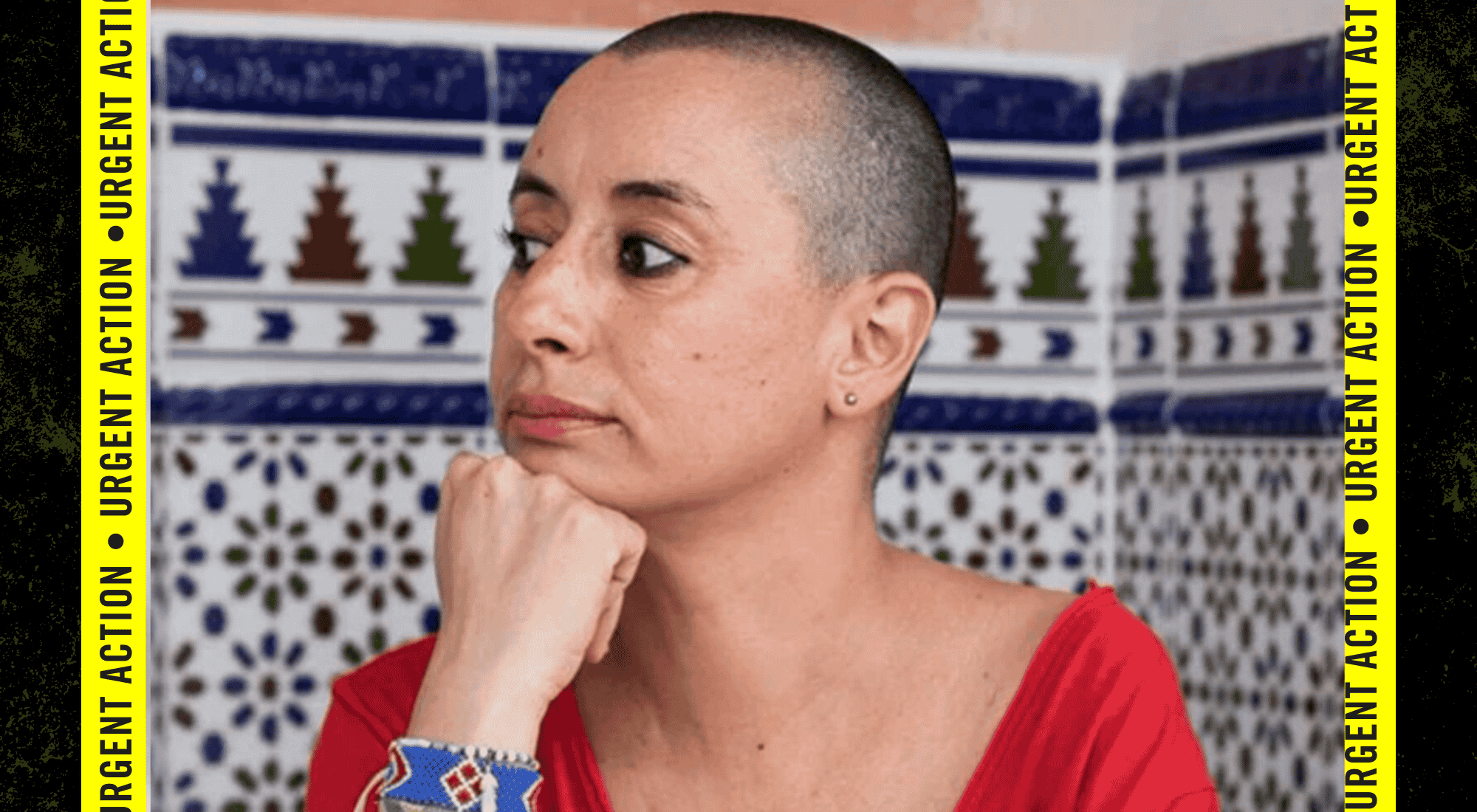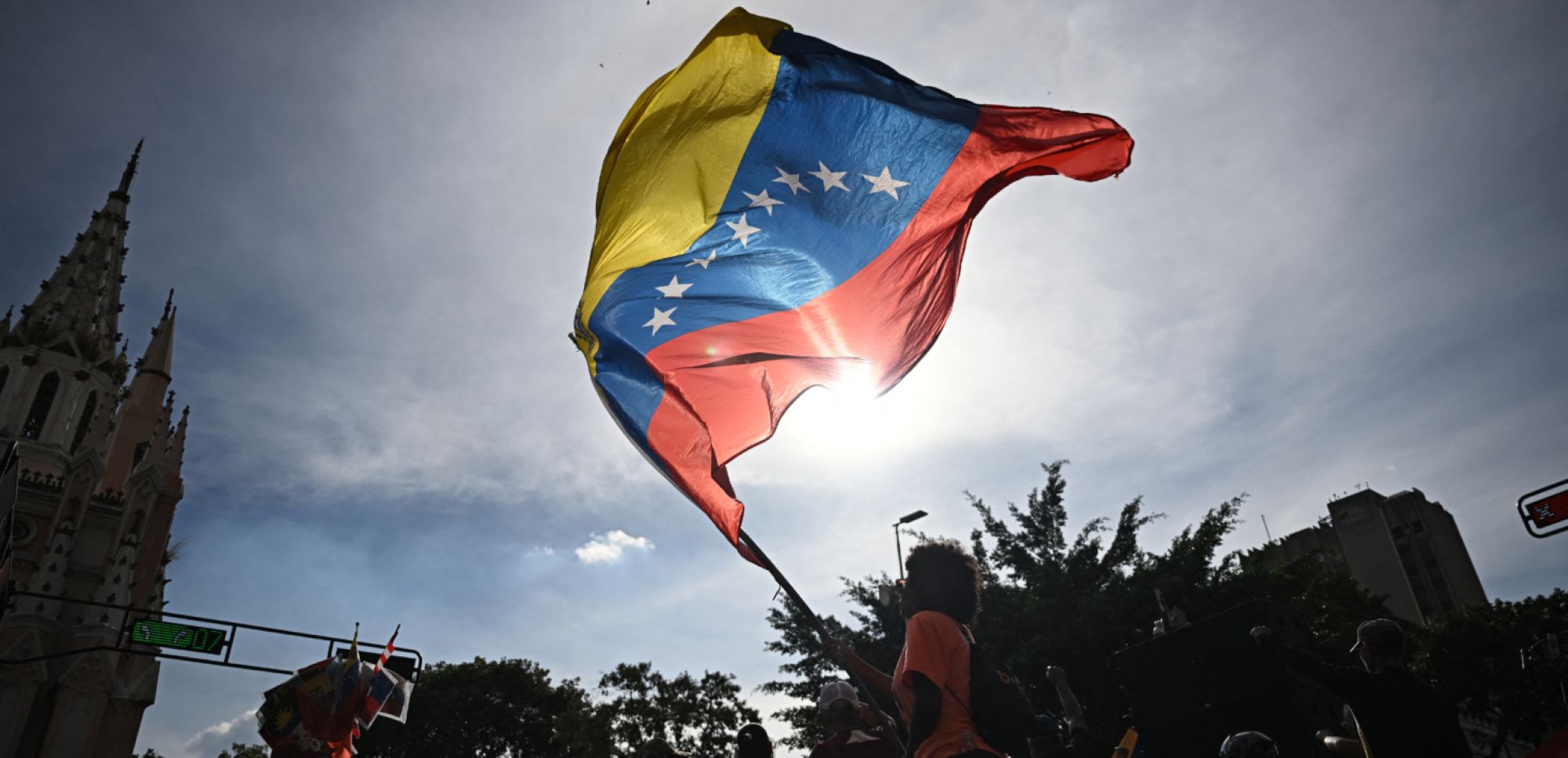Is a migrant the same as an immigrant? Are migrants good or bad for the economy, and can you name some famous ones? Find out today, on International Migrants Day.
1. What’s the difference between an immigrant and a migrant?
All immigrants are migrants, but not all migrants are immigrants. And just to confuse things, there are also “emigrants”. Here’s how it works: A migrant moves around within their own country, or from one country to another, often to find work or join family members, because of poverty or a crisis. If you’re from Italy and go to live in Spain, then you would be an emigrant in Italy and an immigrant in Spain. You can be called an “international migrant” if you have foreign nationality or were born in another country. “Immigrant” and migrant are often used interchangeably and tend to get mixed up with the word “asylum-seeker” (see below).
2. How many migrants are there in the world?
232 million people lived outside the country they were born in 2013, and 700 million migrated within their own countries. The world’s top migrant routes are: Mexico to the USA (12.2 million so far) from Ukraine to the Russian Federation (3.7 million) and people going in the opposite direction (3.5 million); and from Germany to the USA (1.3 million). 36% of the world’s migrants move between countries in the global south, and 35% from southern to northern countries. Migrants from northern countries are the world’s happiest, according to a recent worldwide poll.
3. And how many are there where I live?
Most international migrants live in Europe (72 million) followed by Asia (71 million) and North America (53 million) Chances are you will overestimate the number living in your own country: A poll in 14 countries found that many people think immigrants make up a much bigger part of the population than they actually do. In Italy, for example, respondents estimated that 30 out of every 100 people were immigrants. The real number? Seven.
4. Are migrants good or bad for the world economy?
The World Bank says international migration is good because workers can move to places where they are more productive. And the money migrants send home to developing countries (so-called “remittances”) is worth three times more what governments spend on development aid – an estimated US$404 billion in 2013. If you include the money migrants send home to people in to high-income countries, the number jumps to US$542 billion.
5. How is a migrant different from a refugee or an asylum-seeker?
A refugee has been given permission to live in another country because their own government can’t or won’t protect them from human rights abuses. An asylum-seeker has applied to stay in another country for the same reasons, but hasn’t yet been recognised as a refugee.
6. What does Amnesty have to say about migrants?
Migrants are often scapegoated by politicians or the media as “illegal immigrants”, “gate-crashers” – even “invaders” – who exploit host countries’ generosity. This creates the impression that migrants have no rights at all, and leads to racism and discrimination. We want to dispel these myths by focusing on the positive things migrants bring with them, including skills, resources and diversity. We also work to protect the most vulnerable migrants from being exploited and abused by their employers, traffickers and smugglers. Find out more.
7. Name some famous migrants?
There are literally millions, so here’s just a few: UK-based Premier League footballer Didier Drogba (from Cote d’Ivoire), US actress Mila Kunis (Ukraine), France’s first ever female Education minister, Najat Vallaud-Belkacem (Morocco).
And one of the world’s most famous migrants right now? It might just be Pope Francis (Argentina).





















